Nystagmus
Table of Contents
What is nystagmus?
Nystagmus (ni-stag-muhs) is a condition in which your eyes make rapid, repetitive, uncontrolled movements — like up and down (vertical nystagmus), side to side (horizontal nystagmus) or in a circle(rotary nystagmus).
These eye movements can lead to difficulties with your vision, depth perception, balance, and coordination.
Who does nystagmus affect?
Nystagmus can affect both children and adults. There have two types:
- congenital
- acquired.
- Congenital nystagmus:
In congenital nystagmus, Babies with that condition begin to see symptoms between six weeks and three months of age. This type of nystagmus can be congenital, meaning people have been born with it. In impartial cases, it’s previously owned by children from their parents, but the proper cause isn’t always perfect. Children with congenital nystagmus ideally have it in both eyes. The chief feature is blurry vision.
- Acquired nystagmus
Not like congenital nystagmus, acquired nystagmus improves later in life. The condition can usually be due to an underlying health condition or drugs. Adults with affected nystagmus describe their vision as “shaky.”
How common is nystagmus?
Approximately 1 in 1,000 people have a partial form of nystagmus.
Is nystagmus a serious condition?
Nystagmus itself isn’t considered risky. But it can be associated with serious health conditions, specifically, those affecting the brain, like stroke, brain tumor, toxicity, head trauma, and inflammatory diseases.
Symptoms and Causes
What are the symptoms of nystagmus?
Nystagmus symptoms may affect one or both eyes. Some of the most common danger signs include:
- Not controllable eye movement.
- Shaky or blurry vision.
- Balance problems.
- Dizziness.
- Light sensitivity.
- Nighttime vision problems.
If you have nystagmus, you can stay your head in a tilted or turned position. Those improve focus and helps things see clearer when you can’t hold a steady gaze.
How do you get nystagmus?
Your brain controls your eye movement. While you are doing movement your head, your eyes are moving automatically to settle. This balances the image and helps you see it properly. Certainly with nystagmus, the areas of the brain that control eye movements don’t work perfectly.
Nystagmus could lead to another eye problem, or it could be related to another medical condition.
Nystagmus causes and risk factors include:
- Retina or optic nerve disorders.
- Underdeveloped control over eye movements.
- Inner ear conditions, such as Meniere’s disease.
- Stroke
- Head trauma.
- Diseases of the central nervous system.
- Albinism (lack of pigmentation in the skin).
- Multiple sclerosis (MS).
- Certain medications, such as antiseizure drugs.
- Eye difficulty in babies, including strabismus (crossed eyes), cataracts, and focusing problems.
- Alcohol or drug use.
How is nystagmus diagnosed?
Generally, an ophthalmologist diagnosed nystagmus. They’ll test your eye view, examine the inside of your eyes, and look over your symptoms. They’ll also ask for another eye difficulty that might be related to nystagmus, including strabismus, cataracts, or problems with the retina or optic nerve.
What tests will be done to diagnose nystagmus?
your ophthalmologist can run a number of other nystagmus tests, including:
A neurological examination.Eye-movement recordings.
An ear exam.
Imaging tests, like CT scans or MRI, to click pictures of your brain.
Other common nystagmus test includes spinning around for 30 seconds, then stopping.
Your healthcare staff will then ask you to gaze at an object. If you have nystagmus, your eyes will transfer slowly in one direction, then fast in the other slowly in one direction, then fast in the other.
Treatment
Gained nystagmus can sometimes be corrected once the underlying condition is suggested. For example, if nystagmus is done due to an inner ear condition, symptoms can go away once it’s treated.
People with congenital nystagmus cannot be healed completely, but symptoms can be managed with the perfect treatment.
What nystagmus medical treatments are used?
There are a few various nystagmus treatments available. The approach that’s best for you rely on the reason for your condition, your health history, and your personal prediction. Glasses or contact lenses.
Clearer vision can help slow the fast eye movements related to nystagmus. As a result, symptoms can be successfully treated with eyeglasses or contact lenses.
Medications.
Some medications can decrease nystagmus symptoms in adults, like gabapentin (antiseizure), baclofen(muscle relaxant), and botulinum toxin (Botox®). These medications can not be used in children with nystagmus.
What nystagmus surgical treatments are used ?
Eye muscle surgery In rare examples, eye muscle surgery can be recommended. During this surgery process, your surgeon repositions the muscles that move the eyes.
This type of surgery has not cured nystagmus, but it permits you to hold your head in a more agreeable position, thereby restricting eye movement. Vision correction surgery If you have nystagmus and are short-sighted, laser vision correction surgery —like LASIK — may be beneficial. those laser eye surgery doesn’t cure nystagmus, improves your eyesight. like the result, nystagmus symptoms may be decreased.
Physiotherapy treatment for nystagmus
- The 20-20-20 rule
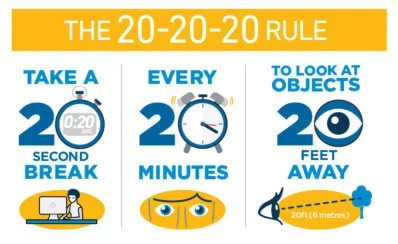
Digital eye strain can happen difficult for people who need to focus on a computer screen daily while working.
The 20-20-20 rule helps ease digital eye strain. The rule is not complicated: a person needs to see something 20 feet away for 20 seconds every 20 minutes while working on a computer.
- Focus change
The focus change exercise can also be useful with digital eye strain. People can perform this exercise while people are sitting.
Hold one finger a few inches out of reach of one eye.
Focus the gaze on the finger.
change the finger direction smoothly away from the face.
Focus on an object below, and then back on the finger.
guide the finger back closer to the eye.
Focus on an object below.
Repeat three times.
- Eye movements

This eye movement exercise especially helps with digital eye strain.
Close your eyes.
Slowly change the eye’s direction from the up to the down direction.
again do it three times.
Slowly change the eye’s direction from left, to right.
Repeat three times.
- Figure 8

The figure 8 exercise can also be useful to ease digital eye strain.
attention on an area on the floor around 8 feet away.
change the eye’s direction to the shape of figure 8.
discover the imaginary figure 8 for 30 seconds, then change direction.
- Pencil pushups

Pencil pushups can help people with convergence insufficiency. A doctor might suggest this exercise as part of vision therapy.
keep in hand, a pencil at arm’s length, situated between the eyes.
see at the pencil and try to keep a single picture of it while slowly moving it toward the nose.
Move the pencil toward the nose until the pencil is shorter than a single image.
Position the pencil at the nearest point there is still a single image.
Repeat 20 times.
- Brock string
The Brock string exercise can be useful to improve eye coordination.
To achieve this exercise, a person will need a large string and partially colored beads. They can achieve this exercise either sitting or standing.
Secure one end of the string to a no-motion object, or another person can hold it.
keep in hand the other end of the string just below the nose.
Place one bead on the string.
see straight at the bead with two eyes open.
If the eyes are working properly, a person should look at the bead and
both strings in the shape of an X.
If one eye is closed, one of the strings will diminish which means the eye is suppressed. If the person’s look is both beads and two strings, the eyes are not converged at the bead.
- Barrel cards
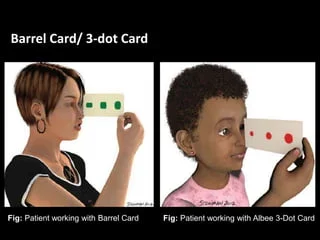
Barrel cards are a good exercise for exotropia there is a type of strabismus.
sketch three red barrels of increasing sizes on one side of a card.
again do it in green on the other side of the card.
keep in hand the card against the nose so that the longest barrel is farthest away.
gaze at the far barrel until it becomes one image with two colors and the other both images have doubled.
Maintain the stair for 5 seconds.
again do the exercise with the middle and smallest pictures.
How can I prevent nystagmus?
Currently, there has no manner to prevent nystagmus. But you can decrease some problem symptoms
by treating the underlying cause.
What can I expect if I have nystagmus?
Nystagmus can make everyday tasks more challenging. In partial cases, it may even restrict the types of
jobs and hobbies you can have. Nystagmus rarely goes away fully, but it can improve later stage. Your
healthcare staff can help you discover a treatment that works for you.
FAQ
Fatigue and stress can become nystagmus worst.
The good news Nystagmus is not painful and does not cause total blindness. Vision tends to increase until it stabilizes around the age of five or six. Giving children plenty of stimulation in the early years does seem to be useful to make the best use of the vision they have.
Epileptic nystagmus (EN) is a fast, repetitive jerky movement of the eyeball occurring by seizure activity, unaccompanied by other ictal phenomena critical.
Small strokes or hemorrhages close the fourth ventricle sometimes occur in central paroxysmal positional vertigo. The nystagmus is usually horizontal, so varies from the most common (posterior canal) form of BPPV.
If you have a stroke on one side of your brain, you may develop field loss on the other side. For example, if the right side of your brain has been affected due to the stroke, the left side vision in every eye may be affected.

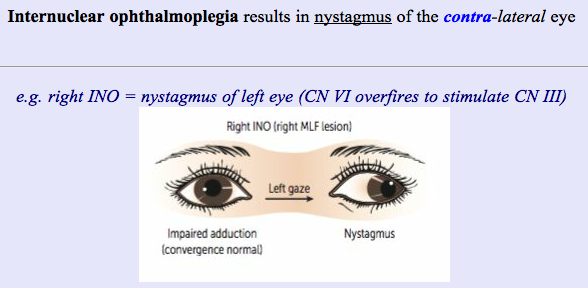

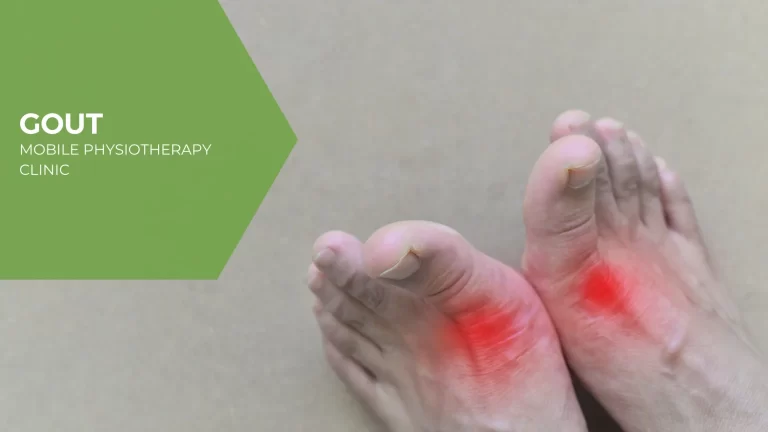

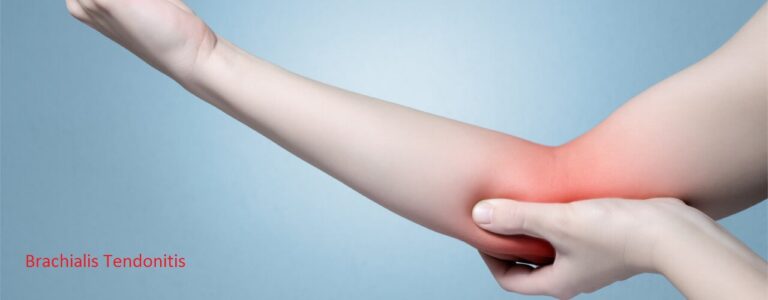
7 Comments